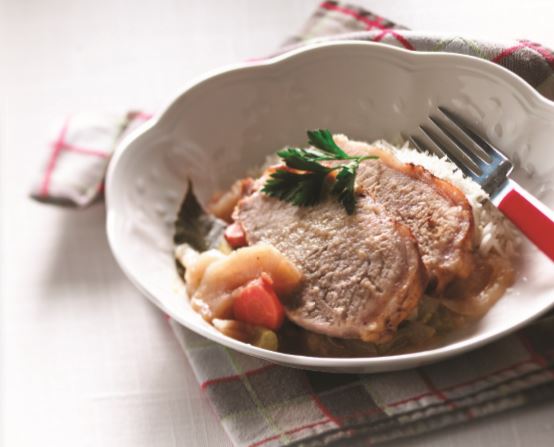Stretching your food dollar

By Leonora Chao, MSc, RD
Ever-increasing food costs can make healthy eating more difficult, especially when you are trying to follow a kidney-friendly diet. Here are some helpful tips!
Stretching your food budget
• Look at your local weekly grocery flyers and make a shopping list of what’s on special, and then try to plan your week’s menu using products on sale. Get creative!
• Buy only the foods you need and can store.
• Don’t shop on an empty stomach; you may be tempted to buy what you don’t really need.
• Buy from bulk food bins when you can. This is usually a less expensive option than packaged foods, and you can purchase the precise amount you need.
• Look for in-house brands, as they are often less expensive than popular brand names and offer similar quality.
• Compare prices by the weight or volume unit to determine the best prices (found in small print on each shelf label).
• Eating out can be expensive! The cost of buying coffee, baked goods/snacks and meals add up quickly. So try to eat at home, or pack healthy meals and snacks that you can take with you.
• Buy ingredients of your choice and cook from scratch. Convenience foods like frozen dinners or precooked deli foods are often expensive and loaded with sodium, phosphorus, and food additives. Avoid these when you can.
• Think about doubling some recipes so you can portion and freeze the leftovers to reheat later for a quick meal.
Make ahead, freeze in portions, and heat up in minutes … consider these recipes:
o Chicken pot pie
o Turkey lasagna
o Marinara meatballs
o Amazing meatloaf
o Pork ribs
o Shepherd’s pie
o Spaghetti sauce
o Savory winter meat pies
Stretching your meat, poultry and fish budget
• Buy cheaper cuts of meat such as stewing meat, eye of round, pork shoulder, ground beef, cross rib, and flank steak. Use techniques like marinating, spicing and moist cooking at lower temperatures to make these meats tender and delicious.
• Buy family-sized packs of fresh meats, poultry, and fish, then portion and freeze them. You can find out about recommended freezer storage times on the Government of Canada website: https://www.canada.ca/en/health-canada/services/general-food-safety-tips/safe-food-storage.html#a5)
• Consider buying utility grade poultry, which costs less; these birds may be missing awing or a leg but are otherwise fine.
• Buy a whole bird and cut it up at home instead of buying it in pieces, or buy with the bone and skin on and remove it yourself.
• Buy eggs, which are an inexpensive source of good quality protein.
• Consider canned light tuna and salmon, which are less expensive choices than fresh fish.
• Enjoy meat alternatives like tofu, peanut or nut butters, dried or canned beans and lentils, milk and yogurts in moderation. Although they are an economical source of protein and a great substitute for meat, poultry or fish, they are also higher in potassium and phosphorus. Discuss with your renal dietitian whether these meat alternatives can fit into your kidney-friendly diet.
Marinating and slow cooker recipes
Marinates and rubs
o Steak fajita salad
o Grilled steak sandwich with chimichurri
o Rubbed flank steak
Slow cooker
o Chicken chili stew
o Beef short rib stroganoff
o Dijon chicken stew
o Slow cooker pot roast
o Ginger and apple slow cooked pork
o Pulled pork tacos
o Comforting beef & barley soup
Stretching your grain budget
• Avoid buying rice and noodle mixes. They are more expensive and often higher in fat and salt.
• Hot cereals are usually less expensive than cold cereals. For cold cereals, buy larger packages or purchase in bulk – again, from a bulk food store
• Buy bagels and rolls pre-packed instead of individual pieces.
• Bread, pita and tortillas will last longer if you freeze them. They can be thawed, toasted or heated in the microwave.
• If bread loses its freshness, try making grilled sandwiches, breadcrumbs or croutons. Pita or tortillas can be cut up and baked into chips.
• Use leftover cooked rice and noodles in stir-fries, salads, soups, casseroles or stews, or reheat the next day and use as a side dish.
Stretching your vegetable and fruit budget
• Buy locally grown produce whenever possible.
• Buy frozen vegetables and fruits, which are nutritious and less expensive alternatives to fresh.
Leftover rice recipes
o Pork fried rice
o Chicken chili stew
o Rich red peppers
o Mushroom and rice omelette

